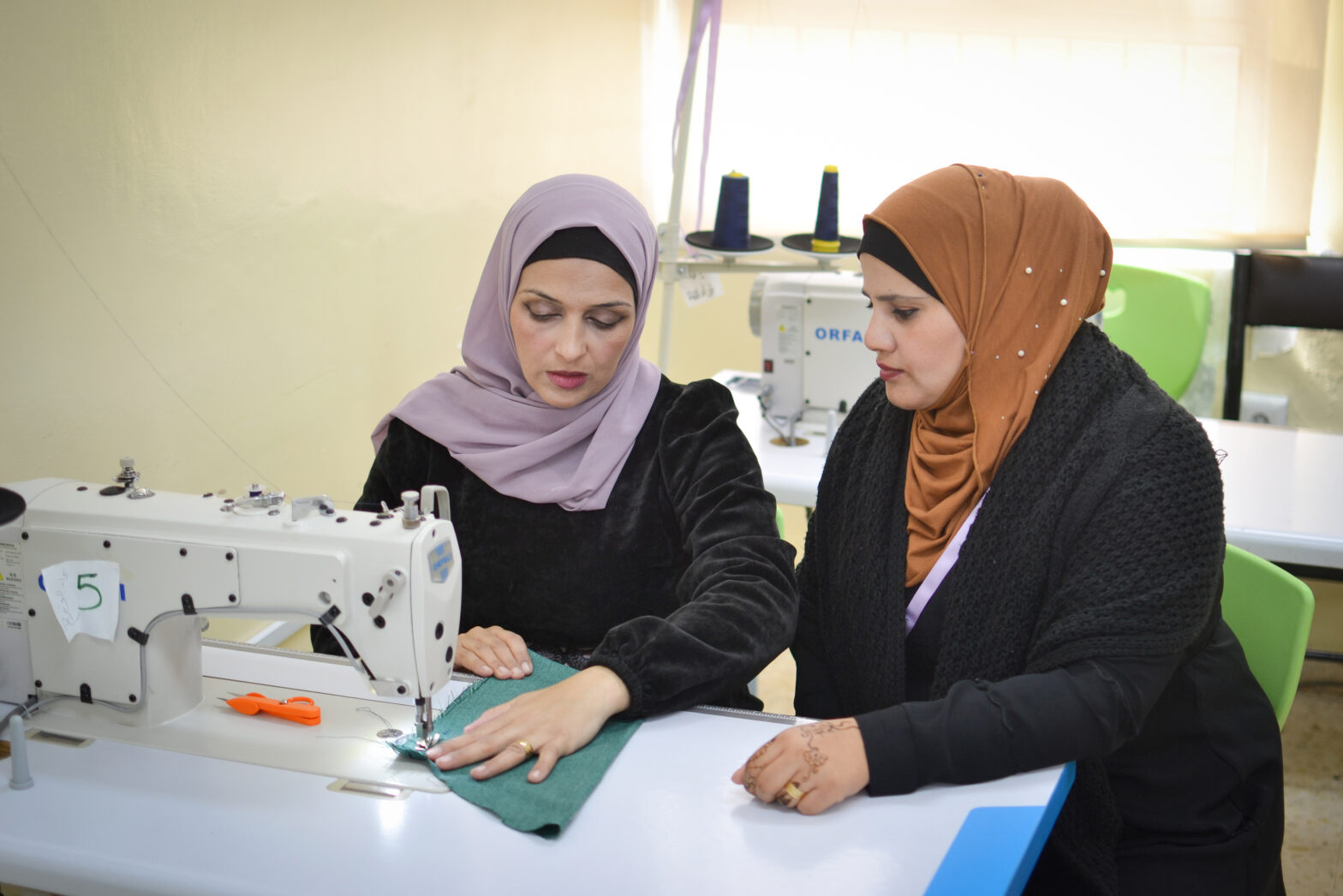Successful women entrepreneurs are pivotal to achieving broader economic development. Women entrepreneurs are building businesses, creating opportunities, and successfully competing in the marketplace. They create jobs for other women and have a solid track record of investing their earnings back into their families and communities.
However, across countries, women account for, on average, a quarter of new business owners. Persistent gender biases, including within the legal framework and unequal access to capital, hinder greater progress. For instance, less than half of the legal provisions needed to support female entrepreneurship, including protections from gender-based discrimination in access to credit, are in place across economies in the world. For women facing not only gender-based discrimination but also discrimination based on their nationality and immigration status, the roadblocks to starting and growing a business are even greater.
This year, for the first time, the World Bank’s Entrepreneurship Database collected data on the sex and nationality status of entrepreneurs in selected economies to see whether the gender gap varies among foreign/non-national and national female entrepreneurs. The findings point to large gaps, with five times fewer women than men among foreign/non-national business owners and four times fewer women than men among foreign/non-national sole proprietors.
In 2022, female foreign entrepreneurs represented, on average, a mere 3% of all business owners; their foreign male counterparts meanwhile accounted for 14% of all business owners. In comparison, female national entrepreneurs represented on average 26% of all business owners while male national entrepreneurs accounted for 58% (Figure 1). In other words, women are relatively less represented among foreign business owners than among domestic business owners. Preliminary findings were similar for sole proprietors. Women are relatively less represented among the foreign sole proprietors than among the national sole proprietors (Figure 2).
Figure 1: There are five times fewer women than men among foreign business owners.
Source: Entrepreneurship Database
Notes: Business owners refer to individuals who own at least one share of a newly registered limited liability company.
Figure 2: Among foreign sole proprietors, there are four times fewer women than men.
Source: Entrepreneurship Database
Notes: Sole proprietors are individuals who started an economic activity without legal distinction between the owner and the business entity.
The sizeable gap by sex and by sex and nationality status across all economies showcases the unique barriers that women face and how these can be compounded when gender-based discrimination intersects with many other forms of inequality, including those based on nationality. Women, as this analysis shows, are not a monolith, and supporting them, in all their diversity, will require initiatives that not only target women as a whole but also direct their attention to different groups within them that are especially excluded from entrepreneurial opportunities.
Business training and other skills development programmes that target vulnerable women, including women from migrant populations, can make a major difference in closing the gender and within-female group gap. In Jordan, UN Women’s Oasis Centre programme, for example, works with vulnerable Jordanian women and Syrian refugees in an array of areas, including business training and financial literacy, to build resilience and support vulnerable groups of women. A recent evaluation of the Centre’s business training programme found that 70% of participants who completed the course went on to start a business.
More efforts like these are needed to support women and the potential they represent for poverty reduction and more inclusive growth and prosperity. Efforts to address the paucity of data on women entrepreneurs – including by nationality status and other relevant characteristics like age – are also vital to uncovering gender and other forms of intersecting inequalities. When used to inform evidence-based policy, the knowledge and understanding that comes from these data are a powerful force for change.
This article was developed in partnership with the World Bank to advance data and knowledge on women’s entrepreneurship. UN Women’s strategic partnerships help advance gender data and intersectional analysis. In addition to the World Bank, multi-year data initiatives with UN-DESA, ILO, and others have helped deepen the analysis of gender gaps across the Sustainable Development Goals. To learn more, visit our Spotlight Paper series and our annual Progress on the Sustainable Development Goals: The Gender Snapshot.
